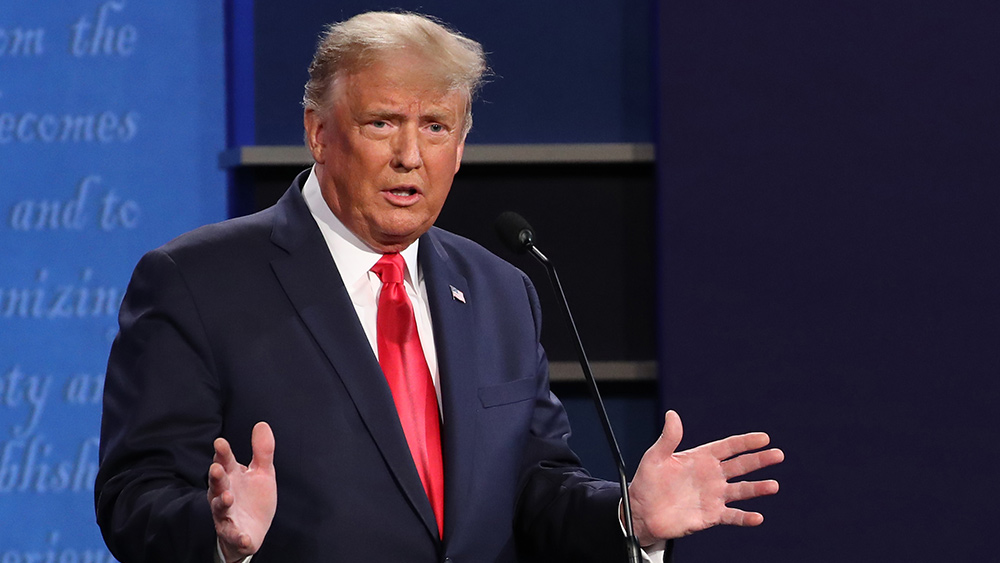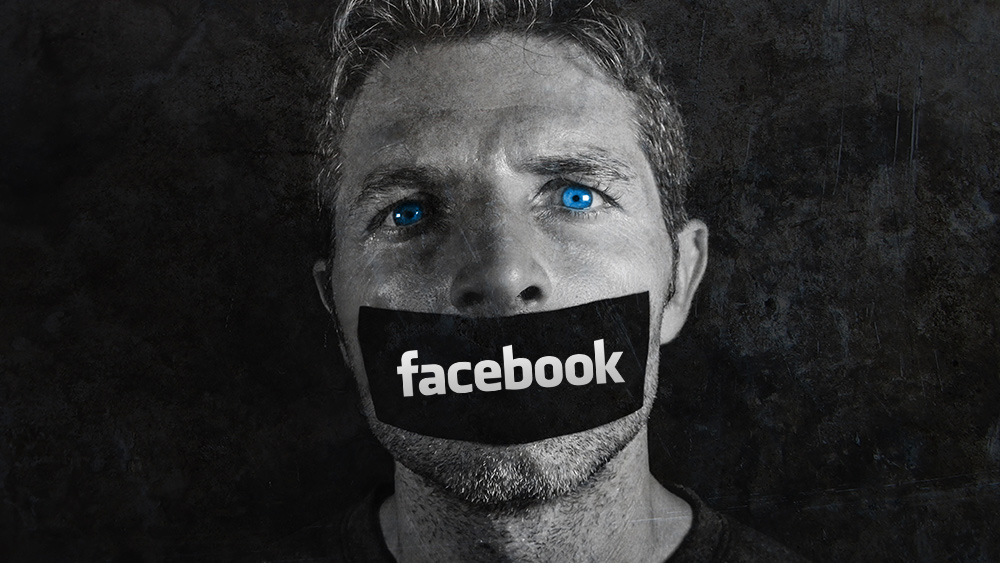UN unveils sinister new tool for combatting “misinformation” called iVerify
08/03/2023 / By Ethan Huff

To more effectively crack down on “misinformation,” the United Nations Development Programme (UNDP) has quietly rolled out a new automated anti-“disinformation” censorship tool called iVerify that the UN says will “provide national actors with a support package to enhance identification, monitoring and response capacity to threats to information integrity.”
Originally unveiled to support “election integrity,” iVerify was designed around a multi-stakeholder approach that spans both the public and private sector. In essence, iVerify can be used by both the government and corporations to take control of all speech on the internet and regulate what people are allowed to say.
The UNDP created a short video, which you can watch below, explaining how iVerify works:
In short, iVerify utilizes a team of local “highly-trained” fact checkers whose job it is to determine if “an article is true or not.” iVerify also uses machine learning and artificial intelligence (AI) to monitor social media platforms like Facebook and Twitter (X) for “toxic” content, which when identified is sent to “verification” teams of fact checkers to evaluate.
There exists both automated and human-facilitated elements of iVerify, depending on the situation or content being reviewed. The goal is to make it as simple and streamlined as possible for the censors to capture “misinformation” and stamp it out quickly and easily.
(Related: California recently tried to pass a covid “misinformation” law that was shot down by the courts as being unconstitutional.)
Information must be censored to protect “citizens’ capacity to make informed decisions,” UNDP says
On the UNDP website, a blunt case is made for iVerify to be used as a weapon against “information pollution,” which is described as being harmful and in “overabundance” at the current time.
Any information that the UNDP deems to inhibit “citizens’ capacity to make informed decisions” is targeted by iVerify with urgency because the UNDP claims that “misinformation, disinformation and hate speech threaten peace and security, disproportionately affecting those who are already vulnerable.”
So-called “fact checking,” which you may well know, is an entire industry that has grown by leaps and bounds over the past several years. It is funded by the likes of the Bill & Melinda Gates Foundation-based Institute for Strategic Dialogue (ISD), as well as the CIA-proxy National Endowment for Democracy (NED)-funded StopFake and internet trust rating systems like NewsGuard.
NewsGuard, as we previously reported, is partnered with Microsoft and the U.S. Departments of Defense and State. It appears as an internet browser module to provide green check marks for “approved” content and red check marks for “disapproved” content.
NewsGuard and the other aforementioned platforms paved the way for the eventual unveiling of iVerify, which is now a global “fact checking” endeavor being spearheaded by one of the most powerful globalist entities in the world: the UN.
This is why writer Michael Shellenberger now refers to all of this as a “censorship industrial complex,” as it has grown to such a massive size that there is almost no way to escape it on today’s most widely used social media platforms and web browsers.
According to the UNDP website, “iVerify will only be deployed following an in-depth assessment to ensure the solution provided to a specific country will not be misused in ways that would undermine freedom of expression, freedom of the press or political and social rights.”
To those not in the know, the iVerify system will appear as though it were a reputable source – but to those in the know, it will be obvious that the system is designed to silence the truth while pretending to check for “facts.”
Soon it will be a “crime” to spread what the government deems as “misinformation.” Learn more at Censorship.news.
Sources for this article include:
Submit a correction >>
Tagged Under:
big government, Censorship, computing, conspiracy, cyber war, disinfo, Fact Check, fascism, First Amendment, freedom, future tech, Glitch, iVerify, media fact watch, misinformation, outrage, speech police, thought police, Tyranny, UN, United Nations
This article may contain statements that reflect the opinion of the author
RECENT NEWS & ARTICLES
COPYRIGHT © 2017 PENSIONS NEWS



















